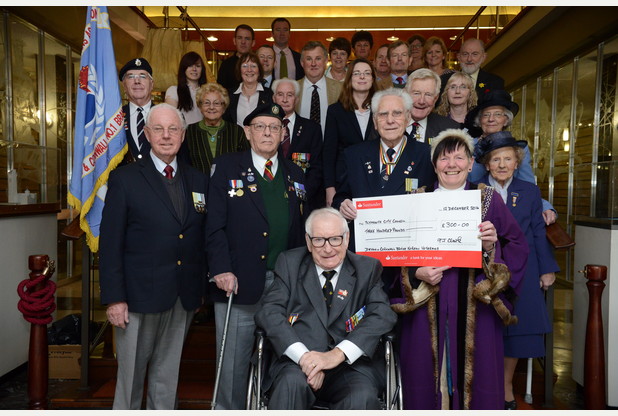The British Korean Veterans Association (BKVA) is disbanding this year due to a decreasing number of members.
The Association has been responsible for the upkeep and maintenance of the Hoe Korean War memorial, but since it is now disbanding, the local Plymouth City Council has agreed to take over responsibility for the memorial.
The BKVA was established in 1985 as veterans of the Korean War sought to come together and remember the war and those who died. The Korean War was part of the Cold War conflict that ensued following World War II. It lasted just over three years between 1950 and 1953.
As the Association has donated its final funds of £300 to the local council towards the ongoing upkeep of the memorial stone in Hoe’s Garden of Peace.
Every year on Remembrance Sunday, veterans from the Korean War, their families, friends, and widows have gathered at the memorial to remember the war effort and those who gave their lives.
The funds were presented to the Council’s Deputy Lord Mayor, Pauline Murphy, at the meeting of the Community Covenant for Plymouth, which is an agreement to support the armed forces community. The Council said it is looking to continue supporting its veterans and families of those in service.
The Korean War was fought between the Communist-led North and the West-backed South. The United Nations intervened and sent a US-led coalition force, including Britain, to the country to stop the spread of Communism to the south of the country.
The conflict began when North Korea entered South Korea in a bid to occupy more of the country. In the first few months of the war, the South Koreans suffered heavy casualties, so 21 countries joined the coalition to defend South Korea. Chinese forces supported the North Koreans and there was stalemate for around two years until an agreement for a new border was signed. The agreement created a 2.5 mile demilitarized zone which still stands today, the Plymouth Herald reports.
The war followed mobile World War II tactics, but after a year of fighting, an armistice was being debated. Fighting then went into a holding pattern with more Word War I trench warfare. It was also the first war to see fighting between aircraft, including the UN’s F-86 Sabre and Chinese MiG-15.
